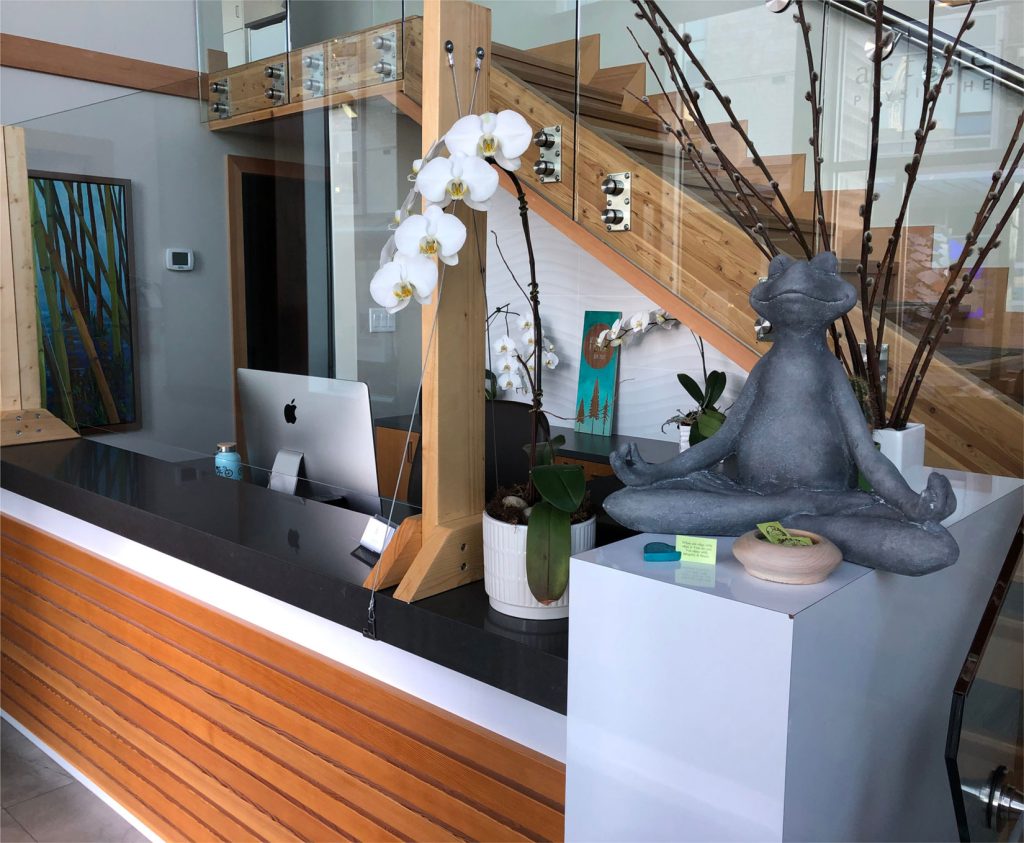Osteoarthritis
Physiotherapists Shelley Dumais and Emma Rigsby, and Kinesiologist Kayla are passionate about people, enthusiastic about an active lifestyle, and are committed to helping our community with their health and wellbeing.
According to the Arthritis Society in Canada, Osteoarthritis (OA) is the most common type of arthritis. It affects more than 4 million Canadians or 1 in 7 adults; more than all other forms of arthritis combined. Osteoarthritis is a progressive disease that can cause severe pain and in some cases requires surgery.
Physiotherapy and Kinesiology can help you manage the symptoms of OA and improve your mobility and function. Having a diagnosis of Osteoarthritis does not necessarily mean you need a joint replacement.
Osteoarthritis is a breakdown of the protective tissue called cartilage that covers the ends of the two bones within a joint. The loss of cartilage causes the bones within the joint to rub together. This “bone on bone” creates pain, stiffness, and other symptoms. People think of OA as an “old people” disease but it can occur in adults of any age. In fact, many people are diagnosed before the age of 45. OA is also called degenerative joint disease, degenerative arthritis, and wear-and-tear arthritis.
Osteoarthritis often progresses slowly over a period of months or years. In the early stages, it may come and go as mild pain and aching but in time, the damage progresses and symptoms can become more constant even occurring at rest and disturbing sleep. The most common symptoms of OA are joint pain, aching, morning stiffness, loss of flexibility, reduced range of movement in the affected joints and joint swelling. The intensity of pain can increase over time as OA is a progressive disease.
Osteoarthritis can be caused from a prior joint injury from sports or accidents and from repetitive strain on your joints. Extra body weight, aging, diabetes, and family history are also factors in the incidence of osteoarthritis.
The most commonly affected joints are your hands, knees, hips and spine, and particularly your neck and lower back.
To manage your OA we recommend:
- Exercise is medicine. Regular cardiovascular exercise, weight management and aquatic exercises are great for people with OA.
- Physiotherapy will use some hands-on therapy to optimize your functional movement. We prescribe therapeutic exercise, which is proven as the most effective way of reducing pain associated with OA.
- Walking aids such as walking poles, canes, or a walker help to optimize your gait pattern which helps to decrease stress on your arthritic joints and ultimately reduce pain.
- Bracing provides enhanced stability while reducing pain, swelling and pressure on weakening joints. Bracing can help you improve your confidence with the brace providing the extra support you may need. Custom braces for knee osteoarthritis are designed to put specific points of pressure against the thigh bone, guiding the knee to unload at the painful area of the joint.







